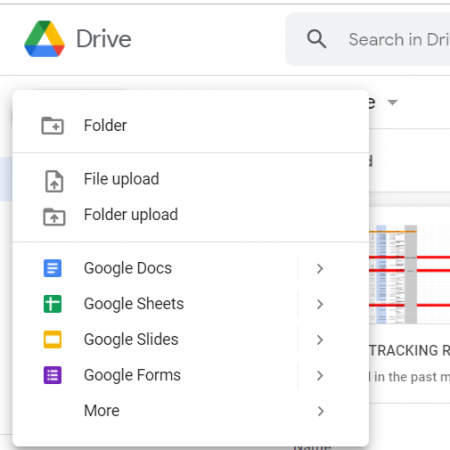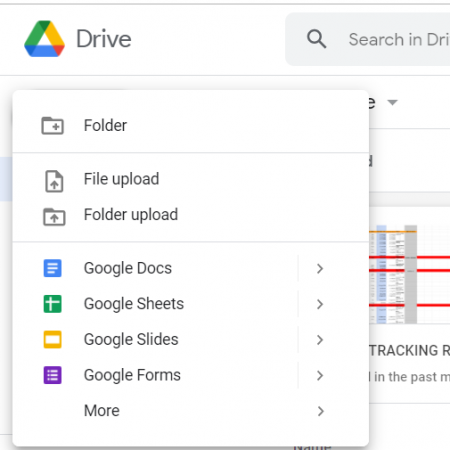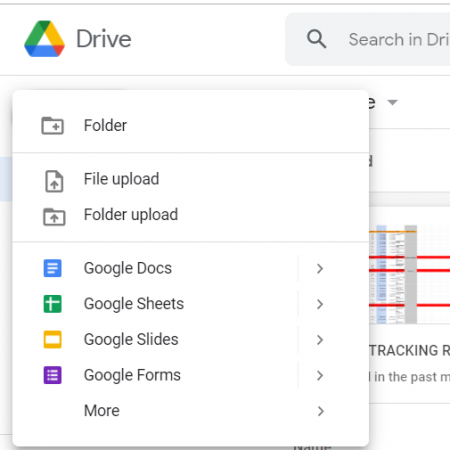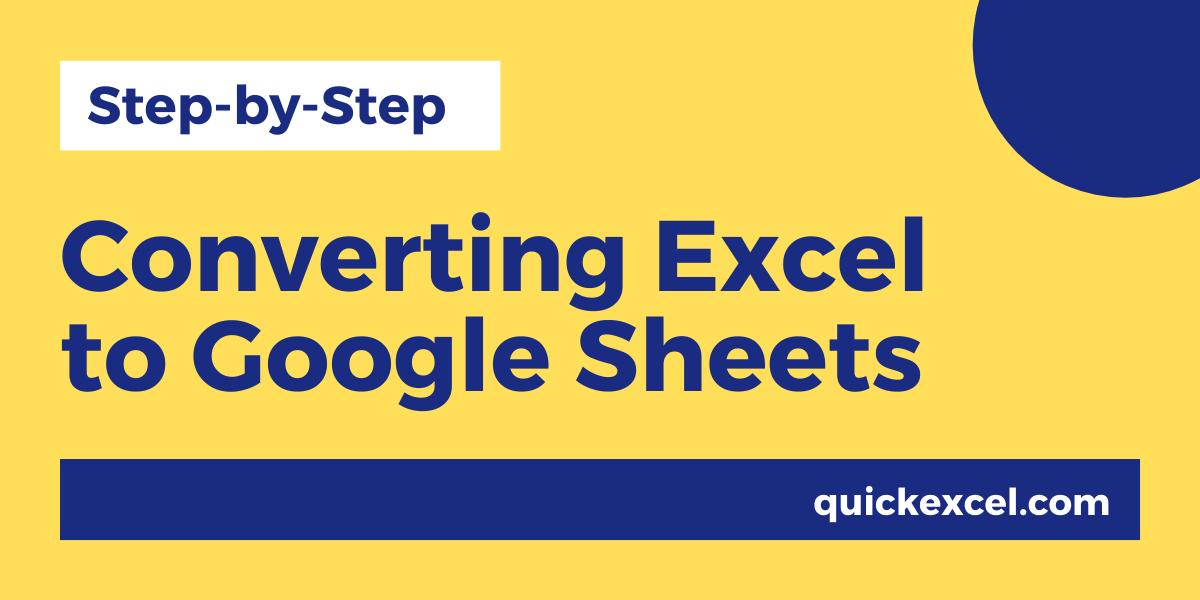5 Simple Steps to Convert Excel to Google Sheets

Introduction

Converting your Excel files to Google Sheets offers numerous benefits, such as better collaboration, seamless online access, and real-time updates. This guide will walk you through 5 simple steps to convert your Excel spreadsheets to Google Sheets, ensuring you can work efficiently and effectively in a modern workspace. Whether you're switching to Google Workspace for your team or just looking for a more flexible spreadsheet solution, this post will provide you with the necessary knowledge.
Why Convert Excel to Google Sheets?

Before diving into the how, let's understand why you should consider this switch:
- Real-time Collaboration: Multiple users can edit the same document simultaneously with changes visible to all.
- Cloud-based Access: Access your spreadsheets from any device with internet access, removing the need to carry around physical files.
- Automatic Saving: No more saving fears; Google Sheets auto-saves your work, reducing the risk of data loss.
- Integrations: Easily integrate with other Google services like Drive, Docs, and Forms, enhancing productivity.
- Cost Effective: Google Sheets is free for personal use, making it an excellent choice for startups and small businesses.
Step 1: Upload Your Excel File to Google Drive

First, you need to get your Excel file into Google Drive:
- Log into Google Drive.
- Click on the "New" button and then "File upload".
- Select the Excel file from your computer to upload it to Drive.
🖱️ Note: Large files might take a moment to upload; ensure your internet connection is stable.
Step 2: Open the Excel File with Google Sheets

Once your file is uploaded:
- Right-click on the uploaded Excel file in Google Drive.
- Choose "Open with" and then "Google Sheets".
Google Sheets will convert the Excel file into its format.

Step 3: Review and Edit Your Converted Google Sheet

Now that your file is in Google Sheets format:
- Check for any formatting issues. Sometimes, Excel's complex features might not convert perfectly.
- Use the Format menu to adjust any necessary cell formatting, text, or charts.
- Look for functionality or data that might need adjustment due to differences between Excel and Sheets.
Step 4: Share and Collaborate

With your Google Sheets file ready:
- Click on the "Share" button at the top right corner of Google Sheets.
- Enter the email addresses of collaborators or generate a shareable link.
- Set the appropriate permissions for editing or viewing.
Collaborators can now join in real-time, making simultaneous edits and contributions.
Step 5: Backup Your Data

While Google Sheets does automatic backups, it's good practice to:
- Save a local copy by downloading the Google Sheet as an Excel file (.xlsx).
- Use Google Drive's backup options or third-party services to periodically backup your important sheets.
💾 Note: Regular backups ensure data recovery in case of accidental deletions or unforeseen events.
Additional Tips for Smooth Transition

Here are some additional pointers to make your transition from Excel to Google Sheets seamless:
- Formulas: Review your formulas as some Excel functions might not translate directly. Look out for Google Sheets equivalents or update them manually.
- Macros: Google Sheets uses Google Apps Script instead of Excel's VBA. Consider learning basic scripting to replicate your Excel macros.
- Version History: Google Sheets keeps a version history. Use it to track changes or recover earlier versions of your document.
In this comprehensive guide, we've covered the five simple steps to convert your Excel files to Google Sheets, highlighting the advantages of this transition, and providing additional tips for a smooth workflow. By following these steps, you'll not only convert your data but also embrace a collaborative and efficient spreadsheet experience. Remember, the transition might require some initial effort, but the long-term benefits in terms of collaboration, accessibility, and cost-efficiency are well worth it.
FAQ Section

Can I still use Excel after converting to Google Sheets?

+
Absolutely! You can always download the Google Sheet back into an Excel format (.xlsx) if needed. However, for optimal collaboration and feature use, sticking to Google Sheets might be beneficial.
Will my formulas and functions work the same way in Google Sheets?

+
Most common functions will work, but some Excel-specific functions might need to be updated to their Google Sheets equivalents. There are tools and guides online to help with this conversion.
How do I ensure data privacy when using Google Sheets?

+
Google Sheets offers robust privacy settings. You can control who has access to your documents by setting permissions to view, comment, or edit, and you can remove access at any time.
Is there a way to automate the conversion from Excel to Google Sheets?

+
While there’s no built-in feature, you can use Google Apps Script or third-party tools to automate the process for recurring conversions or large-scale data migrations.
Are there any limitations when converting Excel files to Google Sheets?

+
Yes, there might be limitations with very complex Excel workbooks. Some features, like certain pivot table functionalities or VBA macros, might not convert or work identically in Google Sheets.



